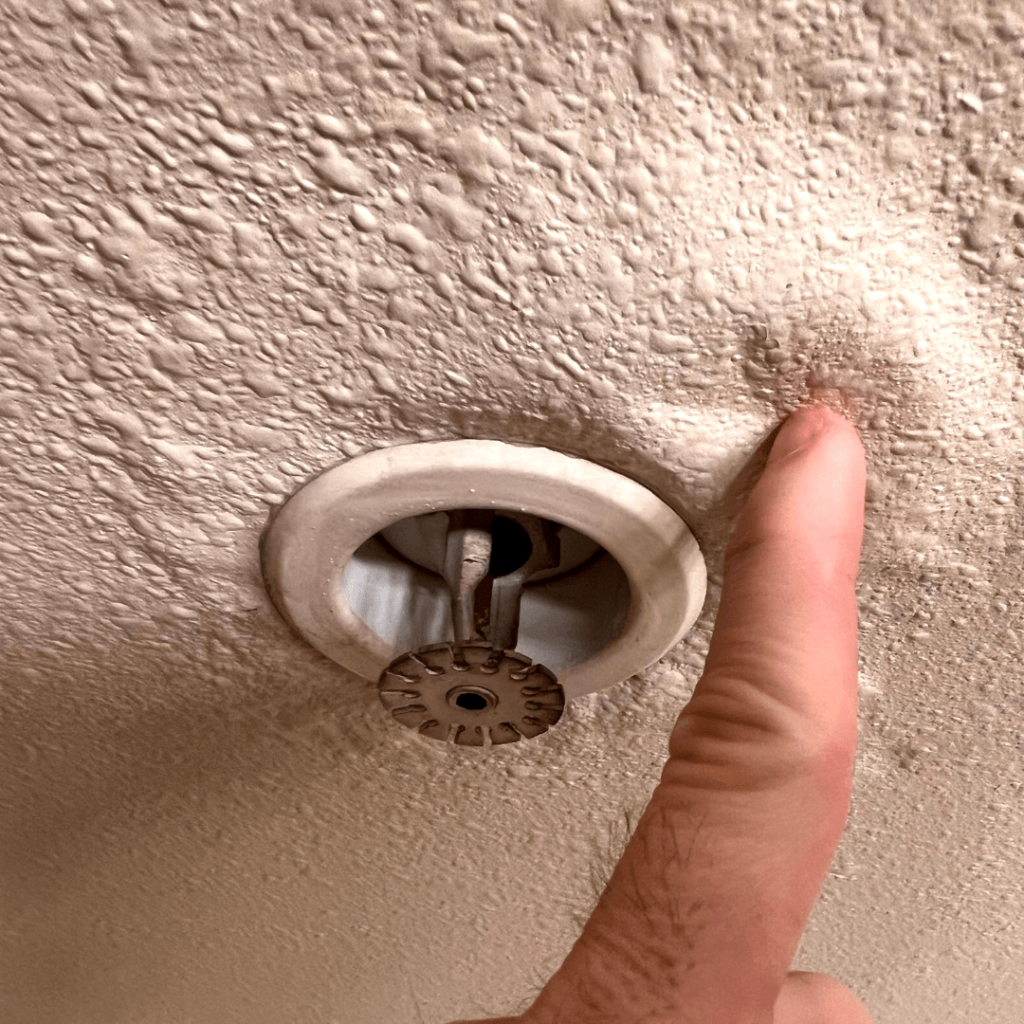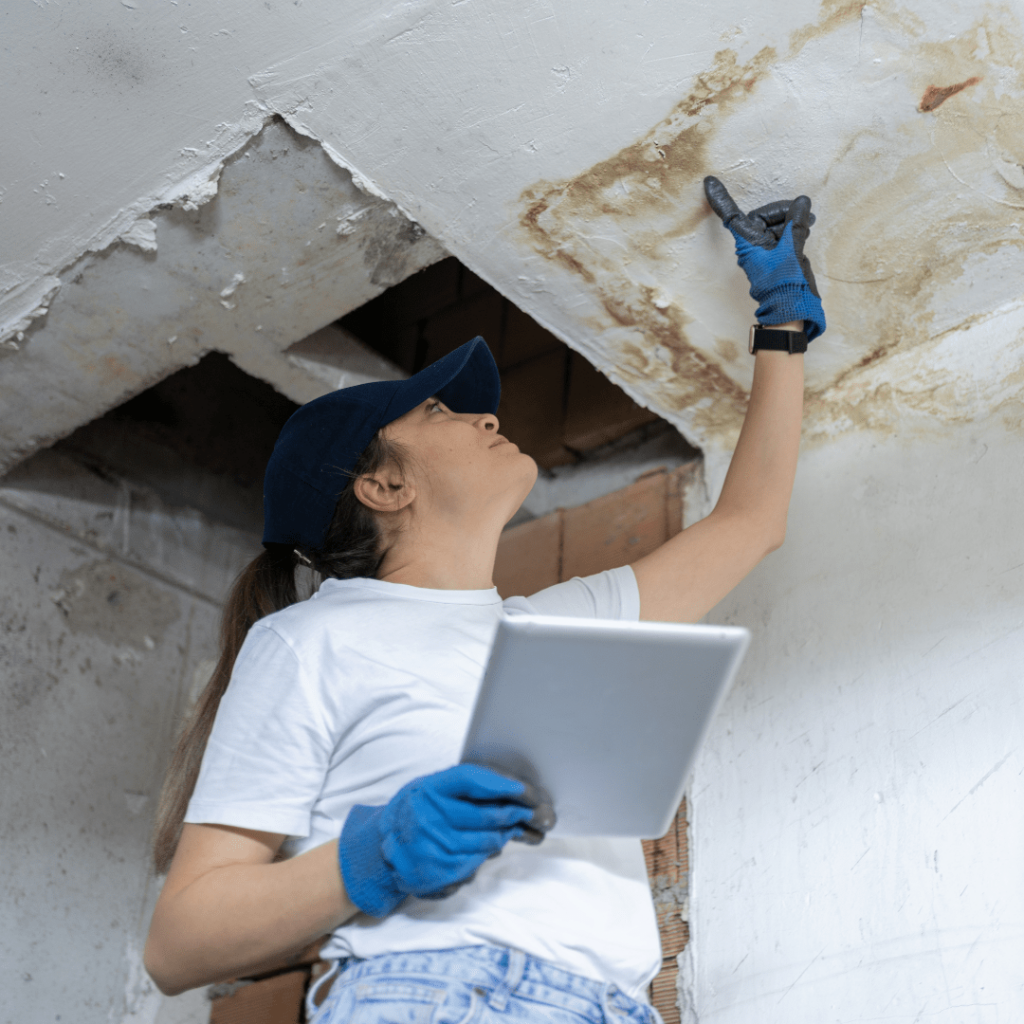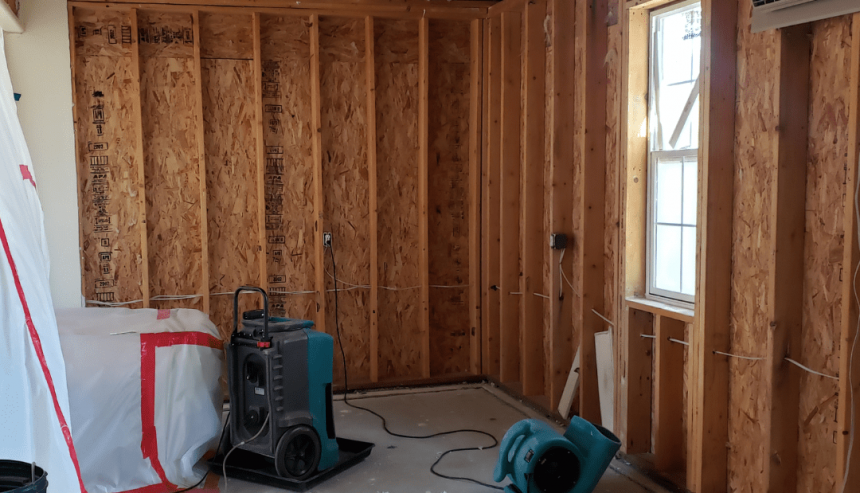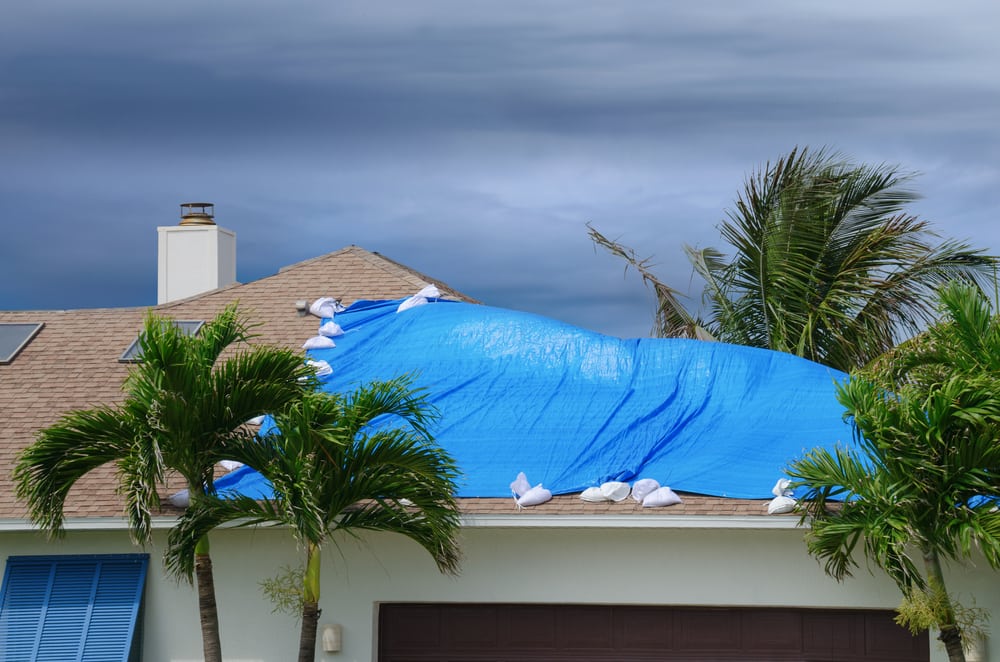Water damage is a daunting scenario that no property owner wishes to confront. It’s not only inconvenient and disruptive, but it can also pose serious risks to both your property and health. The origins of water damage can vary widely, from a burst pipe or a leaking roof to a natural disaster like a flood. What starts as a minor issue can quickly escalate into a full-blown emergency, causing extensive damage and requiring immediate attention.
But is water damage always considered an emergency? Let’s delve into the factors that determine the severity and urgency of water damage situations and how they should be addressed.
Types of Water Damage
Clean Water Damage
This type of water damage originates from a clean water source, such as a broken pipe or a leaky faucet. While it may not pose an immediate health risk, it can still cause significant damage to your property if not addressed promptly. The longer clean water is allowed to sit, the more it can seep into building materials, leading to mold growth and structural damage. Therefore, even though it seems less threatening, it requires quick action to prevent escalation.
Gray Water Damage
This involves water that is slightly contaminated and may originate from sources like washing machine overflows or dishwasher leaks. Gray water can cause illness upon contact due to the presence of microorganisms and other contaminants. Swift action is required to clean up gray water to prevent health issues and further contamination of your living space.
Black Water Damage
This is the most dangerous type of water damage, involving highly contaminated water from sources like sewage backups or floodwaters. Black water poses severe health risks, as it can contain harmful bacteria, viruses, and other pathogens. Immediate professional intervention is crucial to safely remove and sanitize affected areas, as exposure to black water can lead to serious health complications.
Structural Threats from Water Damage
When water infiltrates your property, it can cause immediate structural damage. For instance, wood can warp and swell, drywall can become saturated and crumble, and insulation can lose its effectiveness. These damages, if left unaddressed, can compromise the structural integrity of your home, leading to costly repairs and potential safety hazards.
In severe cases, structural components may even fail, posing a risk of collapse. This immediate threat to your home’s stability makes water damage a potential emergency that requires prompt attention to minimize long-term impact.
Health Risks Associated with Water Damage
Water damage, especially when involving gray or black water, can introduce harmful bacteria and mold into your environment. Mold can begin to grow within 24 to 48 hours in damp conditions, posing significant respiratory health risks to occupants. Those with allergies, asthma, or compromised immune systems are particularly vulnerable.
The presence of mold not only affects air quality but can also lead to chronic health issues if not addressed swiftly. This underscores the importance of treating water damage as an emergency, as the health of your household could be at stake.
Electrical Hazards and Water Intrusion
Water and electricity are a dangerous combination. When water seeps into electrical outlets, wiring, and appliances, it creates a risk of electrical shock or fire. This hazard is compounded if water has reached areas with high electrical usage, such as kitchens or laundry rooms.
If you suspect that water has compromised any electrical systems, it’s crucial to turn off the power and contact a professional immediately. Ignoring electrical hazards can result in serious injury or even fatalities, emphasizing the need for immediate intervention when water damage occurs.
Emergency Water Restoration: What to Do

Stop the Source
The first step in any water damage situation is to identify and stop the source of the water. This may involve shutting off the main water supply, repairing a leaking roof, or blocking floodwater entry points. Addressing the source prevents further damage and is crucial in the emergency response process. It’s important to act quickly to minimize the amount of water that infiltrates your property, which can significantly reduce the overall damage.
Remove Standing Water
Once the source is controlled, the next step is to remove standing water. This can be done using pumps, wet vacuums, or mops, depending on the volume of water present. The goal is to clear the area of as much water as possible to prevent further saturation of materials and limit mold growth. Prompt removal of standing water is critical, as it reduces the time that materials are exposed to moisture, which can prevent further damage and lower restoration costs.
Dry and Dehumidify
After water removal, drying and dehumidifying the affected area is crucial to prevent mold growth and restore indoor air quality. Use fans and dehumidifiers to circulate air and extract moisture from walls, floors, and furniture. This step may take several days, depending on the extent of the damage and the humidity levels in your area. Thorough drying and dehumidification are essential to ensure that hidden moisture pockets are addressed, which can otherwise lead to mold growth and structural issues.
Clean and Sanitize
Cleaning and sanitizing the affected area is essential, especially if gray or black water is involved. Use appropriate cleaning agents to disinfect surfaces and prevent the spread of bacteria and mold. This step not only protects your health but also helps restore your property to a safe and habitable condition. Professional cleaning services may be necessary to ensure thorough sanitation, particularly in cases of black water contamination.
Repair and Restore
Finally, repair and restore your property to its pre-damage condition. This may involve replacing damaged drywall, flooring, or insulation, as well as repainting and refinishing surfaces. Professional restoration services can ensure that repairs are done safely and effectively, addressing both visible damage and potential hidden issues. Restoring your home not only improves its appearance but also ensures that it remains a safe and comfortable environment for you and your family.
When to Call a Professional

Extensive Damage
If the damage covers a large area or multiple rooms, professional restoration services can provide the expertise and equipment needed for effective repair. They can assess the extent of the damage and develop a comprehensive restoration plan, ensuring that no aspect of the damage is overlooked.
Health Risks
If the water is contaminated or there’s a risk of mold, professionals have the knowledge and tools to safely clean and sanitize the area. They can perform thorough mold remediation and ensure that all contaminants are effectively removed, protecting your health and preventing future issues.
Structural Concerns
If there are concerns about the structural integrity of your property, a professional assessment is crucial to ensure safety. Professionals can identify hidden damage and perform necessary repairs to restore your property’s stability and safety.
Conclusion
Water damage can escalate quickly, especially when it puts your property’s structure or your health at risk. Fast, informed action is critical to limiting the impact and keeping your space safe. Whether it’s a hidden leak or a large-scale flood, the right response makes all the difference.
At PuroClean Emergency Restoration in Covington, we’re available 24/7 to respond to water damage emergencies. Don’t wait, call our team immediately for expert water removal and cleanup services. We’ll assess the situation, take swift action, and help restore your home or business with professionalism and care.



